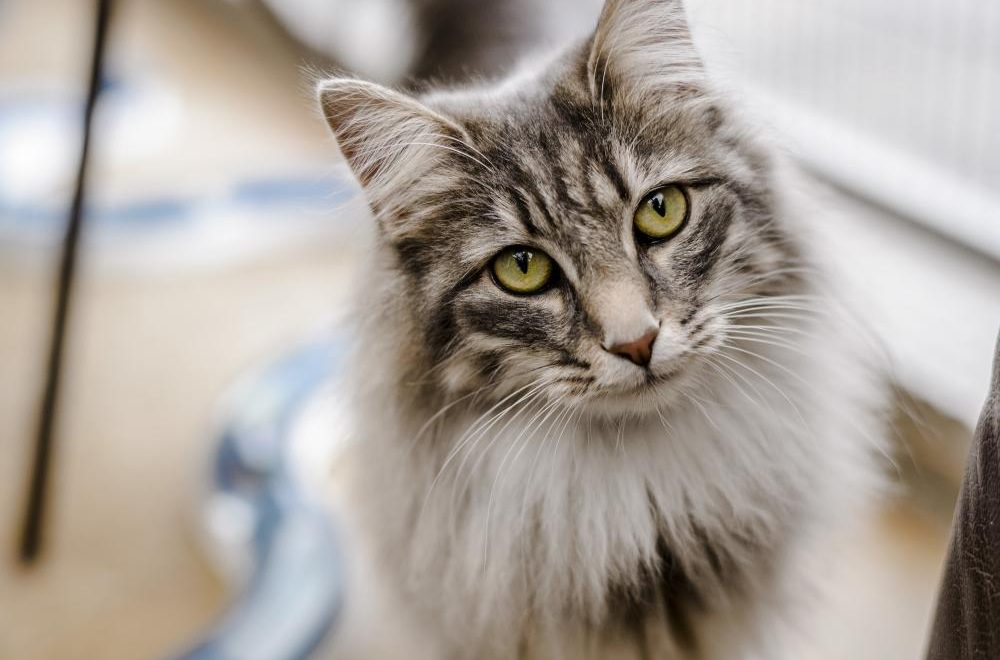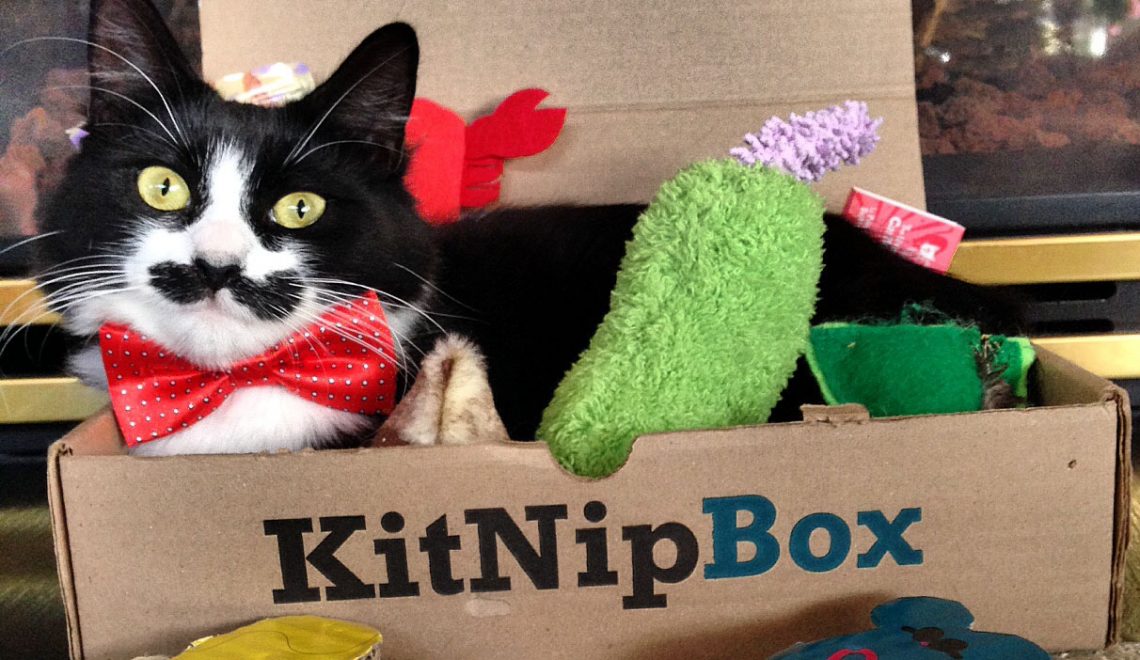When Do Cats Stop Growing? Cat Growth Chart
Author bio: This post was submitted by George Vezilic, a freelance content writer and photographer. As a passionate cat lover, he owns and runs a blog for cats at lifewithcatman.com where he writes about the most interesting topics related to cat health, behavior, and different cat breeds.
Every period of our cats’ lives brings with it different positive and negative aspects. For instance, we all love when they are sweet little kittens who are exploring the world and look at us with their curious little eyes. But, often we can’t wait for them to grow up and become loafing older cats that mostly want to cuddle with us or take naps. This usually happens when we are tired of their constant games where they are simply acting like teenagers. In these times, it’s not rare that we ask ourselves when do cats stop growing? When do they reach adulthood? And how long do cats grow?
If you’re wondering at what age do cats stop growing, the simple answer to this question is that the growth of every cat is different. However, there are certain cat growth stages. Often due to the different characteristics that each cat breed holds, you can’t determine the age of the cat. Maine Coon cats, for instance, are big cats, and compared to Munchkin cats they may seem older even if both are at the same age.
Cats’ Stages of Life / Cat Growth Chart
In general, there are five stages of life on the cat growth chart. Before we take a closer look at them, it’s important to point out that cats don’t grow in the same consistency in each stage. In other words, when they are younger they grow faster, and as time goes by they grow slower.
Here are the main stages of their life cycle:
- Kittens (newborn – 6 months old). This is the stage where cats grow the fastest. Kittens spend their time with their mother learning how to walk, eat, play, and by the age of six months they already have adult teeth. In the period between 3 and 6 months, their facial features become more prominent and they are very active and playful.
- Junior cats (6 months to 2 years). After they reach six months, kittens’ growth is slower and by 12 months, the kitten is considered to be fully grown. Still, there is some difference between cat breeds. Some of them reach adulthood in 1 year, but for others, it takes longer, up to 2 years. In this period, cats are adolescents and may be rebellious and they reach their sexual maturity. Usually, this is the period when they should be spayed or neutered.
- Young adults (2 years to 6 years). The third stage of a cat’s life is the prime of their life. Usually, cats stop growing at this stage or grow very slowly. They are adults now and will enjoy sleeping, hunting their prey and eating treats, and grooming themselves.
- Mature adults (6 years to 10 years). This is the time when cats stop being very active and enjoy their naps more than they used to. They are fully matured and more laid back. In this period, they may start experiencing health issues and gain weight.
- Senior cats (10 years to 14 years). The last stage of the cat’s life is after their 10th year of life when they start to have more serious health problems. It is also known as the geriatric stage when cats lose weight, hair, or get other diseases as a result of their age.
Factors That Influence Cat Growth
Besides these general stages of life in cats, there are some other factors that need to be considered that influence a cat’s growth. So, if you are wondering how big your cat will become or when will it stop growing have these factors in mind:
- Cat breed – One of the main factors in a cat’s growth is their breed. For instance, larger cat breeds grow slower, while smaller cat breeds grow faster.
- Spayed or neutered cat – the earlier your cat is spayed or neutered the faster it will grow. Some studies pointed out the fact that spaying and neutering affect a cat’s metabolic rate and it may affect their growth.
- Gender – When do male cats stop growing? male cats grow slower than female cats, but they may grow much larger.
- Diet and nutrition – A balanced and nutritional diet leads to the proper growth of your cat. It is important to pay attention to the vet’s advice on how to feed your cat and provide a diet appropriate to their age.
- Genetics – Some genetic factors play an important role in the growth of your cat. For example, cats can have dwarfism or bone abnormalities which are usually caused by genetics.
Conclusion – When Do Cats Stop Growing?
Finally, we must understand that the first year of every cat’s life is crucial for their proper growth. This is the time when kittens grow the most and reach their full growth in their first or second year of life. Most cats should reach their full size by the end of their junior cat life stage. Bottom line is that you have to take care of your cat: make regular vet check-ups, keep a well-balanced and healthy diet, and give them lots of exercise and playtime. In that way, cats can grow properly and have fewer chances of getting some diseases.








![Dj Scratch mixing some beats. 🎧 🎶 #Mewsic #KitNipBox
[via Instagram | @dharmacatnitiative]](https://www.kitnipbox.com/meow/wp-content/plugins/instagram-feed/img/placeholder.png)